Gabriel's Message chords
Matt MaherSong Key: F#m
Time Signature: 6/8 and 9/8
Tempo: 72 bpm
Guitar Tuning: E A D G B e
Skill Level: Beginner / Intermediate
Guitar Chords in E Minor: Em, E, Eadd9, G, Gmaj7, Am, Am7, B, B7, B7sus4, C, D
Capo: 2nd fret (to play along with the video in F#m)
Play-Along Video & Chord Charts
Play-Along Video
R-H Chord Charts

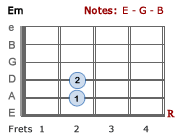
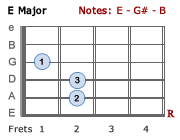
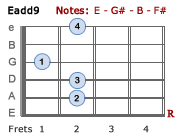
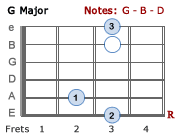
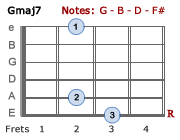
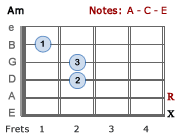
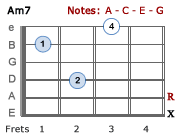
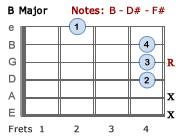
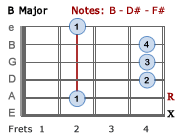
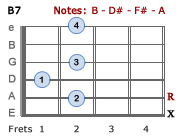
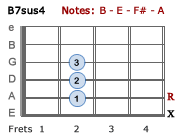
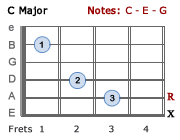
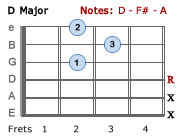
L-H Chord Charts

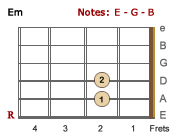
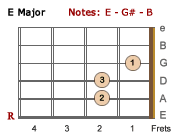
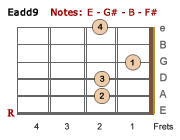
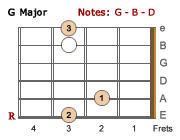
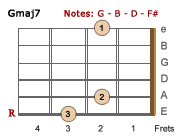
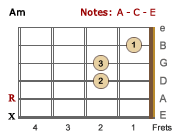
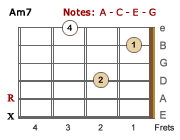
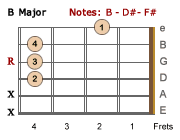
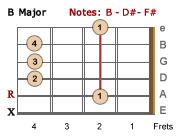
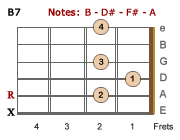
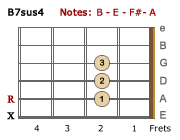
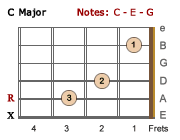
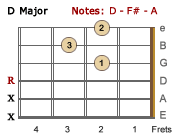
Gabriel's Message
The Relative Major Key of Em is highlighted (G) - Transpose to any other key.
Em
Intro: 6/8 ‖ | % | % | % ‖
Em Am B
1. The |9/8| An-gel Ga-bri-el from |6/8| Hea-ven came
Em Am Em
His |9/8| wings as drift-ed snow, his |6/8| eyes as flame
G Am B
"All hail," said he, "thou low-ly mai-den Ma - ry
Am B
Most high-ly fa-vored la-dy,"
C Am B Em
Glo - o - o - o - o - ri - (a)
Em Am Em Am Em Am Em B Em B7
| Ah - ah | ah - ah | ah - ah | ah - ah-ah-ah |
Em Am G D7 Em B7 Em B Em B7
| Ah - ah | ah - ah | ah - ah | ah - ah-ah-ah |
Em Am B
2. "For |9/8| known a bles-sed Moth-er |6/8| thou shalt be
Em Am Em
All |9/8|gen-e-ra-tions laud and |6/8| ho-nor Thee
G Am B
Thy son shall be Em-man-u-el by seers fore-told
Am B
Most high-ly fa-vored maid,"
C Am B Em
Glo - o - o - o - o - ri - (a)
Em Am Em Am Em Am Em B Em B7
| Ah - ah | ah - ah | ah - ah | ah - ah-ah-ah |
Em Am G D7 Em B7 Em B
| Ah - ah | ah - ah | ah - ah | ah - ah-ah-ah |
Am D G Gmaj7 C
| Ah - ah | ah | ah - ah | ah |
Am B7 Em E
| Ah - ah | ah | ah - ah | ah |
Am Am7 D G Gmaj7 C
| Ah - ah | ah | ah - ah | ah |
Am Am7 B7 Em
| Ah - ah | Ah - ah-ah-ah | ah |...
Em Am B
3. Then |9/8| gen-tle Ma-ry meek-ly |6/8| bowed her head
Em Am Em
"To |9/8| me be as it pleas-eth |6/8| God," she said
G Am B
"My soul shall laud and mag-ni-fy his Ho-ly name"
Am B
Most high-ly fa-vored la-dy,
C Am B Em
Glo - o - o - o - o - ri - a | % |
C Am B E Em
Glo - o - o - o - o - ri - a | |
C Am B7sus4 Eadd9 Em
Glo - o - o - o - o - ri - a | |
C Am B Em Em
Glo - o - o - o - o - ri - a | % | % | 𝄑 |
- Reading the Song Charts - a closer look at reading the song charts on this site
- Chord Transposer - a better understanding of how it works
- Sheet Music at PraiseCharts.Com - Piano/Vocal Pack
Arrangement Details:
- Key Signature: F#m - relative to A Major - 3 sharps (F#, C#, G#)
- Chords in F#m: F#m, F#, F#add9, A, Amaj7, Bm, Bm7, C#, C#7, C#sus4, D, E
- Time Signature: 6/8 and 9/8 — Six eighth-note beats per measure and Nine eighth-note beats per measure
- Tempo: Slow
- Metronome: ♩. = 72 - During 6/8 time the beat will occur 2x in a measure, and in 9/8 time, 3x in a measure.
- Voice Range: C#3 - F#5
- Beginner Guitarists: All the chords are very easy to play, including Eadd9, Gmaj7, and B7sus4. See the charts above, and make sure you are comfortable playing all the chords before playing the song.
- The trickiest part of the song is the timing, but if you listen to the song a few times and become familiar with it, you'll find it quite easy to follow.
- Changes in time signature have been added to the song sheet which may help you to understand why the timing doesn't flow as expected.
Basque Carol
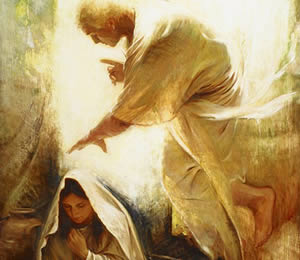
"Gabriel's Message" is a Christmas carol based on the Annunciation to the Virgin Mary by the Archangel Gabriel. It is also known as the Basque Carol, as it originated from the Basque region of Spain. The carol describes the angel's announcement to Mary that she would conceive and bear the Son of God.
The lyrics are adapted from a Basque folk carol, and the music is a traditional Basque melody. The English version of the carol was translated by Sabine Baring-Gould, an English hymn writer and folk song collector, in the late 19th century. He published the carol in his collection called "Songs of the West" in 1892.
While the music is traditional, Baring-Gould's translation is what made the carol popular in English-speaking regions. The tune has been adapted by various composers and arrangers over the years, making it a popular piece in the Christmas music repertoire.
Song Details:

- Composer: Traditional Basque melody
- Lyrics: English lyrics adapted from a Basque folk carol by Sabine Baring-Gould
- Lyrics Begin: The Angel Gabriel from Heaven came.
- Genre: Christmas Carol
- Featured Artist: Matt Maher - Canadian contemporary Christian music (CCM) artist, songwriter, and worship leader from Newfoundland, Canada.
- Album: The Advent Of Christmas
Released: October 19, 2018